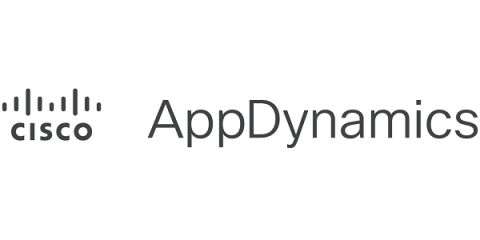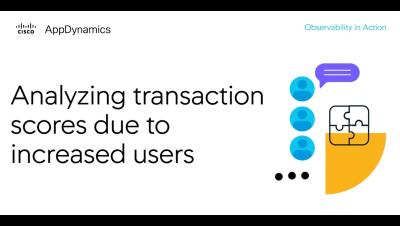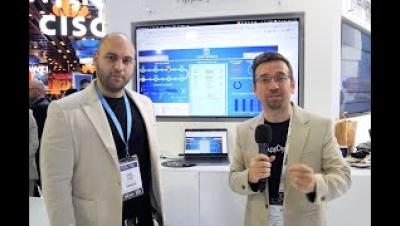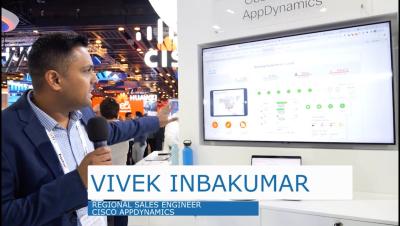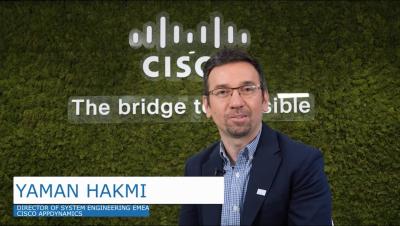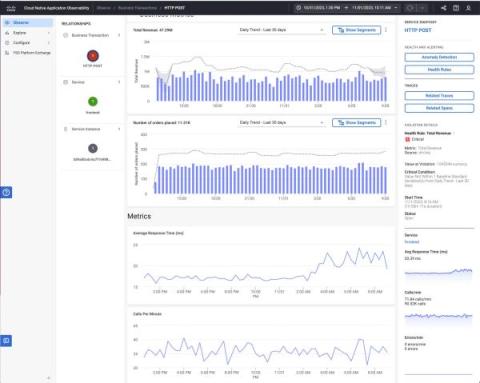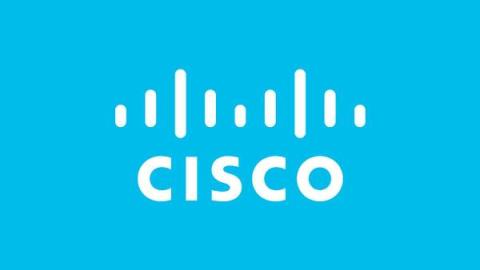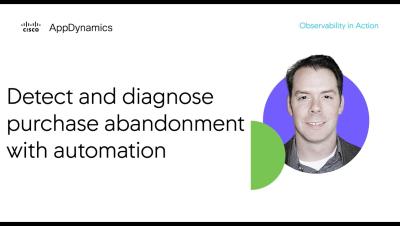The gift of visibility: Mobile Real User Monitoring and Cisco ThousandEyes integration
How AppDynamics Mobile Real User Monitoring (MRUM) delivers true end-to-end visibility of your network and application data — wherever your customers are. As we gear up for the holiday season, we’re excited to unwrap a special gift for our customers — the gift of end-to-end visibility. Last summer, we announced the integration between Cisco AppDynamics and Cisco ThousandEyes to enhance Browser Real User Monitoring (BRUM) with network intelligence data.


